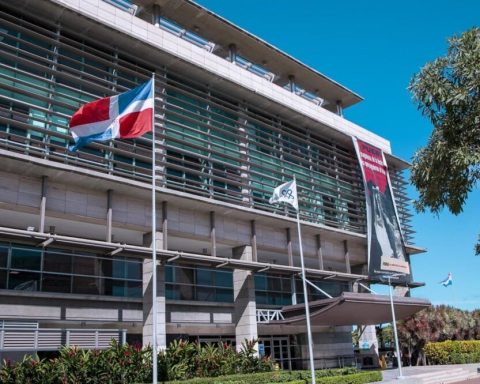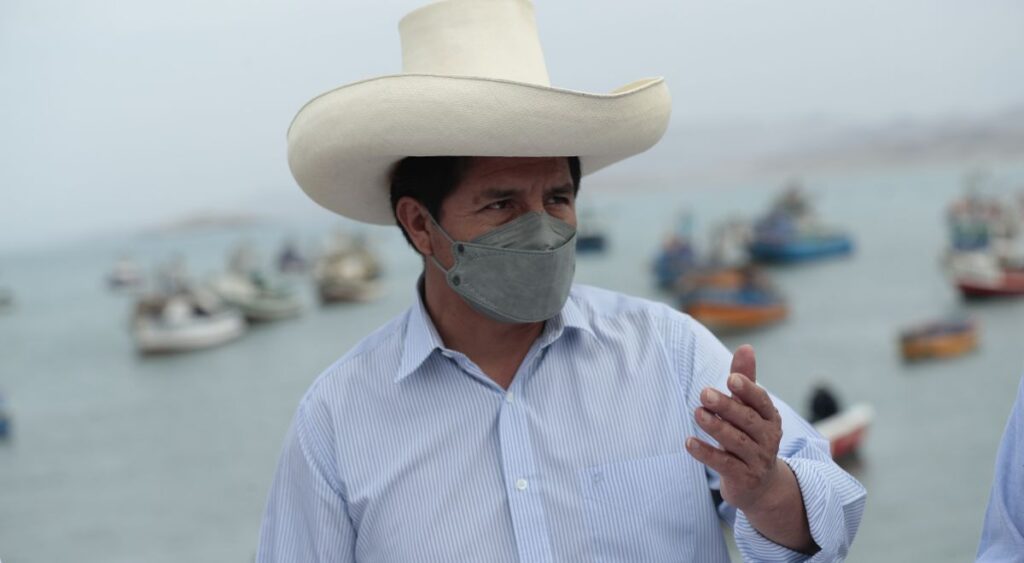The inflation that affected the Dominican economy during the recently ended 2021, caused an increase of RD$3,177.99 in the cost of the national family basket, but in relative terms it had a slightly greater impact on the poorest families.
In the first quintile, which groups the families with the lowest income, annualized inflation (December 2020 to December 2021) was 8.71%, for the fifth quintile, where the wealthiest households are located, the increase was 8.10%, the lowest of the five quintiles into which the family basket is divided.
The cost of the basket of the poorest families rose to more than RD$23,000 per month and that of the richest exceeded RD$66,000.
The absolute increase in the cost of goods and services demanded by families with lower incomes increased from December to December by RD$1,898.39, going from RD$21,791.97 to RD$23,690.36, while that of families in quintile number 5 increased by RD$4,965.65 , going from RD$61,286.38 to RD$66,252.03. The relative increase in the cost of the basket for families with higher purchasing power was 8.10 percent, the lowest of the five quintiles.
For the fourth quintile, which is the niche that houses the family group with the second highest purchasing power, the absolute increase in the cost of the basket was RD$3,223.94, going from RD$39,492.26 to RD$42,717.20 in the analyzed period. Annualized inflation for that family segment was 8.16 percent, the second lowest.
In quintile number three, which is in the middle of those with the highest purchasing power and those with the lowest purchasing power, the increase in the cost of the basket of goods and services that make up their usual demand was RD$2,870.60. It went from RD$33,798.59 in December 2020 to RD$36,669.19 in December 2021, accumulating an inflation level of 8.49%.
Greater segmentation
The highest segmented level of price increase in percentage terms occurred in quintile number 2, with 8.76 percent, due to the fact that the cost of the basic family basket went from RD$28,421.60 to RD$30,913.06 in the period compared, reflecting a absolute increase of RD$2,491.46.
The relative difference in the inflation levels of households at the extremes is due to the fact that lower-income families spend a relatively higher proportion of their income on food purchases than the wealthier ones. And the 2021 inflation was highly influenced by the Food and Non-Alcoholic Beverages component or group.
The national family basket, which is an average of the five baskets that exist by division or segmentation into groups or quintiles, went from RD$36,936.17 in December 2020 to RD$40,074.16 as of December 2021, for an absolute increase of RD$3,137.99, equivalent to 8.49 percent.
The highest inflation in the lower-income family strata was a constant during 2021.
Inflation punishes those with lower incomes more
The Central Bank, in its report on the evolution of the Consumer Price Index (CPI) last December, highlights that the “analysis of the price indices by socioeconomic strata shows that the quintiles with the lowest incomes registered variations of 0.88% per quintile 1, 0.78% in quintile 2 and 0.73% in quintile 3. As for the quintiles with the highest income, they registered inflation rates of 0.72% and 0.74%, respectively. In annualized terms, it shows that quintiles 1, 2 and 3 had slightly higher inflation rates than the rest.

















